The Yen Tu-Vinh Nghiem-Con Son and Kiep Bac relic and scenic complex is closely associated with the birth, spread and development of Truc Lam Buddhism, a unique Zen sect of Vietnam initiated by the Tran kings and many other royal family members and great Zen masters and laymen in the context of the Mongol empire conquering the world in the 13th-14th centuries.
Initiated from the Yen Tu mountain range, Truc Lam Buddhism, with its own characteristics, combined with the nation's patriotic tradition, has become the ideological foundation of Dai Viet culture and society, contributing to mobilizing and uniting the entire army, the entire people and the royal dynasty in protecting independence, sovereignty and national identity, developing a powerful Dai Viet, contributing to maintaining peace , preventing the expansion and influence of the Mongol empire in East Asia and Southeast Asia.
Inter-provincial relic and scenic spot chain
How the kings, royals, Zen masters and laymen of the early Tran Dynasty, from their strategic homeland of Yen Tu, created and developed Truc Lam Buddhism on the basis of distilling the quintessence of many Buddhist sects and other contemporary religions, combining it with indigenous beliefs, allying with it and using it, as well as the religious, social and military influence of Truc Lam Buddhism is a story of great significance not only in Vietnam but also in the wider Asian region, and not only in the 13th-14th centuries but also for today's turbulent world.
Vinh Nghiem Pagoda. (Photo: Thuy Ha/Vietnam+)
The Yen Tu-Vinh Nghiem-Con Son-Kiep Bac relic and scenic complex is a chain heritage consisting of 12 relics and relic clusters, distilled from hundreds of relics and scenic spots of 6 special national relic areas in 3 provinces: Quang Ninh, Bac Giang (now Bac Ninh) and Hai Duong (now Hai Phong city), all located on the Yen Tu mountain range in Northeast Vietnam with a total area of 525.75 hectares, the buffer zone is 4,380.19 hectares.
These are relics and relic clusters related to the Tran family's homeland and the resting place of many kings and royal families of the Tran dynasty, including the Thai Mieu relic (Tran Dynasty Historical Relic Site in Dong Trieu, Quang Ninh province), and Kiep Bac temple (Con Son-Kiep Bac Relic Site, Thanh Mai Pagoda, Hai Duong province, now Hai Phong).
Relics related to the life and career of Buddhist Emperor Tran Nhan Tong and the birth of Truc Lam Buddhism on Yen Tu mountain range include Hoa Yen pagoda, Lan pagoda (both in Yen Tu relic and scenic area, Quang Ninh province), Ngoa Van pagoda (Tran dynasty historical relic site in Dong Trieu, Quang Ninh province).
The relic cluster is related to the life and career of the Second Patriarch Phap Loa and the Third Patriarch Huyen Quang and the period of the most prosperous development of Truc Lam Buddhism with the relics of Vinh Nghiem Pagoda (Tay Yen Tu relic and scenic area, Bac Giang province, now Bac Ninh province), Thanh Mai Pagoda and Con Son Pagoda (both in Con Son-Kiep Bac relic area, Thanh Mai Pagoda, Hai Duong province, now Hai Phong city).
Relics related to the revival and integration period of Truc Lam Buddhism with relics such as Bo Da Pagoda (West Yen Tu relic and scenic area, Bac Giang province, now Bac Ninh province) and Nham Duong Pagoda (An Phu-Kinh Chu-Nham Duong relic and scenic area, Hai Duong province, now Hai Phong city) and relics related to the role and influence of Truc Lam Buddhism in Dai Viet life and the tradition of using land and water resources of the Vietnamese people, including Kinh Chu cave (An Phu-Kinh Chu-Nham Duong relic and scenic area, Hai Duong province, now Hai Phong city) and Bach Dang stake yard (Bach Dang stake yard historical relic site, Quang Ninh province).
Outstanding global value
The Yen Tu-Vinh Nghiem-Con Son-Kiep Bac relic and scenic complex has outstanding global value, consisting of three organically and closely related elements.
Yen Tu mountain range is the homeland of the Tran dynasty, where Truc Lam Buddhism was initiated. The Tran royal family were the rulers and the philosophy, practice and role, influence of Truc Lam Buddhism.
The outstanding universal value of this complex of monuments and landscapes is the organic interaction between location (Yen Tu mountain range), religious belief (Truc Lam Buddhism) and political power (Tran dynasty), evolving over time and clearly expressed in the unique cultural landscape of today.
The strategic alliance between the state (the Tran Dynasty), religion (Truc Lam Buddhism) and the people developed from the homeland (Yen Tu mountain range) created a unique cultural tradition of global significance, shaping national identity and promoting peace and security for the wider region.
The deep understanding and respect for nature of the Vietnamese people in Yen Tu mountain range since ancient times is an outstanding example in the world of the interaction between people and the environment that is favorable for religious practice, socio-economic development and national defense.
Truc Lam Buddhism, initiated and developed mainly by members of the Tran Dynasty Royal Family, is a globally significant example of how a religion, formed from many different beliefs, originating and developing from its spiritual homeland in the Yen Tu mountain range, has influenced secular society, thereby contributing to strengthening the nation, ensuring peace and cooperation in the region.
Integrity, authenticity
The Yen Tu-Vinh Nghiem-Con Son and Kiep Bac relic and landscape complexes are all part of special national relics, strictly protected under national law with clearly defined legal boundaries and management and conservation plans.
Ambassadors, heads of representative offices and members of the diplomatic corps, international organizations in Vietnam, and the UNESCO Office in Hanoi offer incense at Con Son Pagoda. (Photo: Manh Tu - VNA)
Any significant changes to the cultural values of these relics must be approved by the Prime Minister. All outstanding values and attributes of Truc Lam Buddhist culture and the Tran Dynasty are contained and comprehensively expressed in the Heritage Area, including a system of archaeological sites, architecture and intangible elements that are being protected, preserved and continue to be valued and expressed.
Each component site is surrounded by a protective buffer zone. The master plan, with its enhanced protection objectives, applies to the entire site. A significant portion of the site is covered by natural forests, and natural resources are used sustainably while population density is generally low. There are no significant factors that negatively impact the Site or the buffer zone.
Evidence of authenticity is demonstrated through the values and attributes expressed from the results of archaeological excavations, records in Vietnamese historical records, ancient religious texts, Buddhist scriptures, steles, ancient maps and inscriptions... The clear authenticity of relics and architectural works is confirmed by their originality, location, purpose, function and method of use that remain unchanged in cultural traditions.
Most of the sites and structures were built for the purpose of worshipping Buddha, preaching the Dharma, morality, and providing accommodation for monks and nuns. Some other structures were built to worship and commemorate ancestors, gods, kings, national heroes or historical events. They are still used for such purposes today.
Natural materials available on site were used for construction. When renovating or restoring a building, the original structures, materials and decorations are usually used to the greatest extent possible. Some damaged buildings have been restored based on the results of archaeological excavations, historical documents, scriptures, stories, etc., but all buildings are in their original locations.
The traditions of worship and religious practices, which have been maintained for hundreds of years and generations, are still maintained. The core purpose and meaning of the festivals are still basically preserved. The spirit and emotions still reign intact in the hearts and minds of the people./.
(Vietnam+)
Source: https://www.vietnamplus.vn/quan-the-di-tich-yen-tu-vinh-nghiem-con-son-kiep-bac-gia-tri-noi-bat-toan-cau-post1049299.vnp



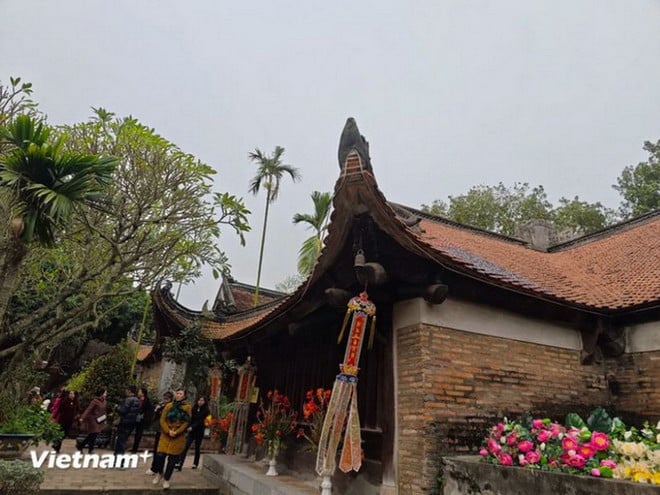
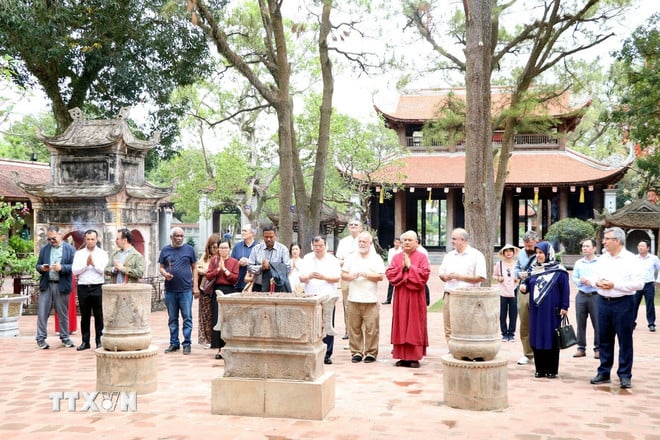

![[Photo] National Assembly Chairman Tran Thanh Man receives Cambodian Senate President Hun Sen](https://vphoto.vietnam.vn/thumb/1200x675/vietnam/resource/IMAGE/2025/9/1/7a90c9b1c1484321bbb0fadceef6559b)
![[Photo] Celebration of the 65th Anniversary of the Establishment of Diplomatic Relations between Vietnam and Cuba](https://vphoto.vietnam.vn/thumb/1200x675/vietnam/resource/IMAGE/2025/9/1/0ed159f3f19344e497ab652956b15cca)
![[Photo] Ho Chi Minh City is filled with flags and flowers on the eve of National Day September 2](https://vphoto.vietnam.vn/thumb/1200x675/vietnam/resource/IMAGE/2025/9/1/f493a66401844d4c90919b65741ec639)
![[Photo] General Secretary receives heads of political party delegations from countries attending the 80th anniversary of our country's National Day](https://vphoto.vietnam.vn/thumb/1200x675/vietnam/resource/IMAGE/2025/9/1/ad0cb56026294afcae85480562c2e790)
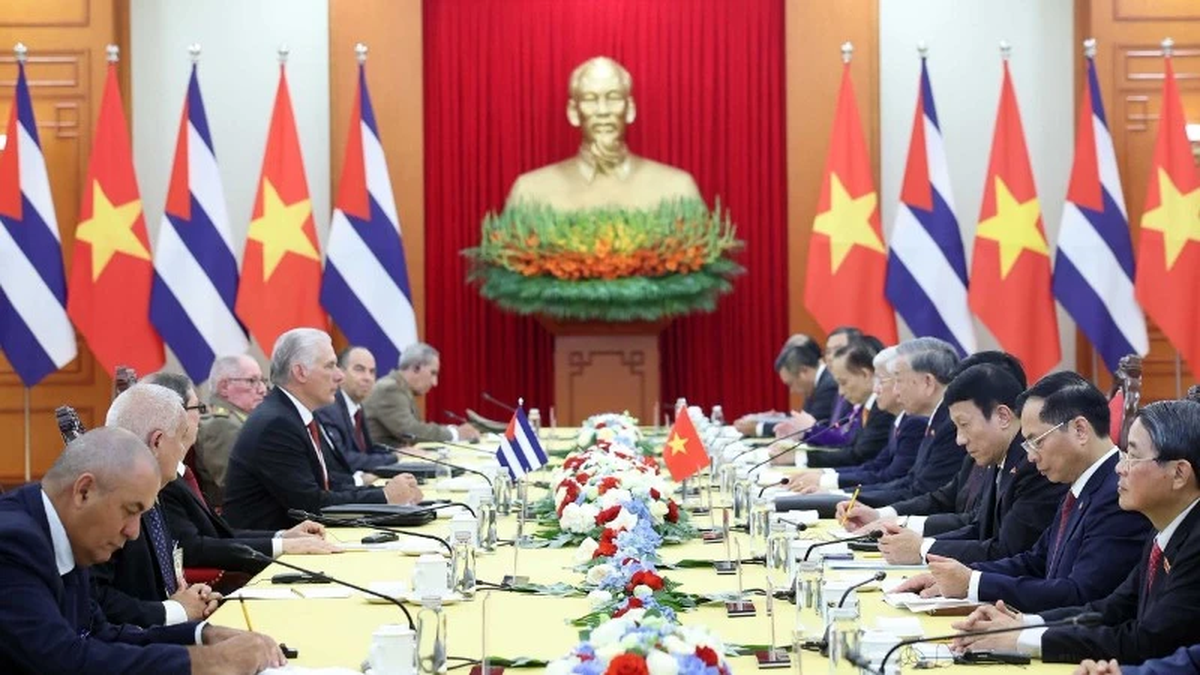
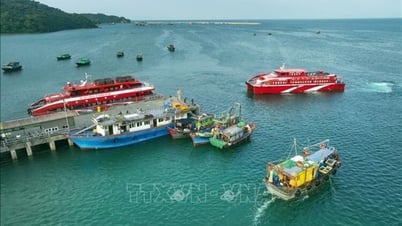

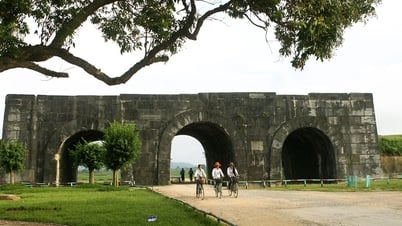

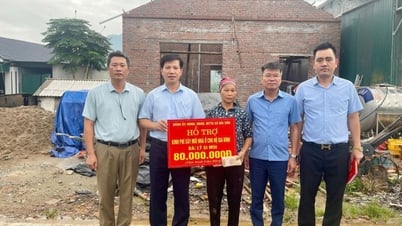

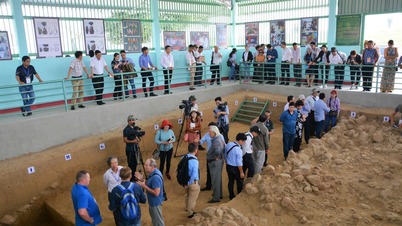

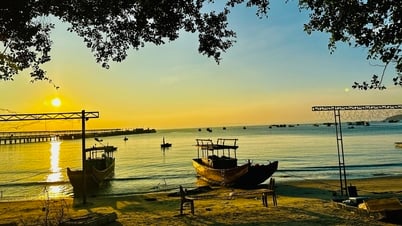

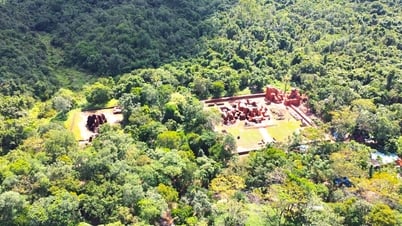

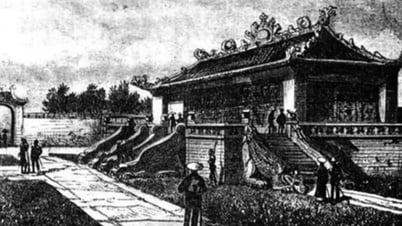
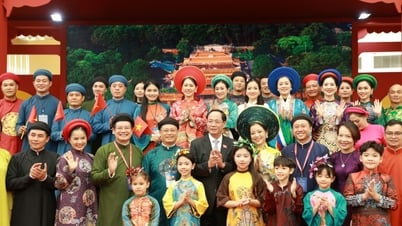



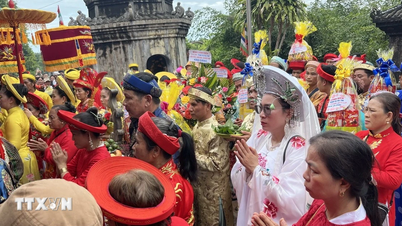
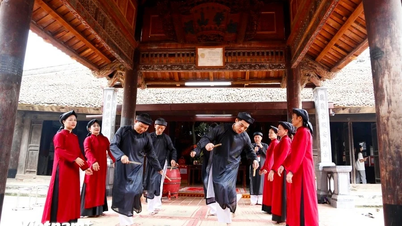
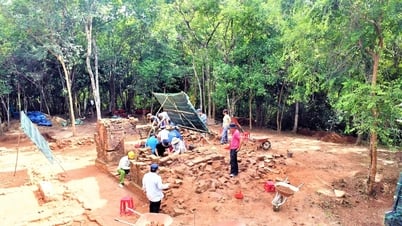



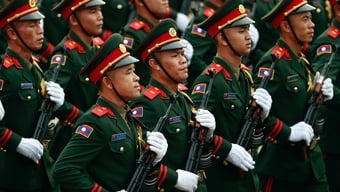

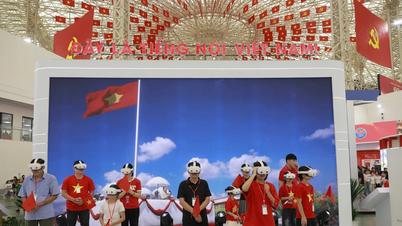
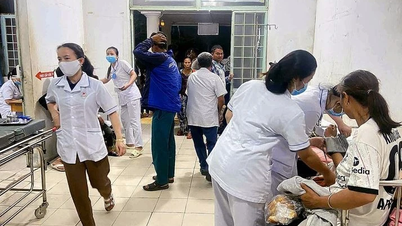
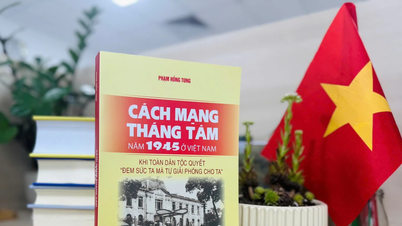
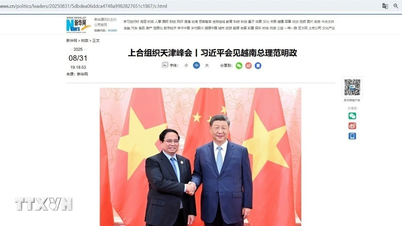
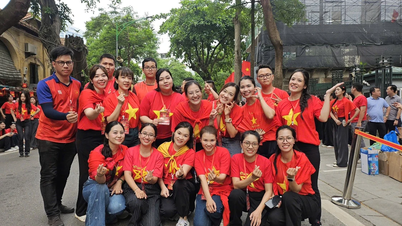
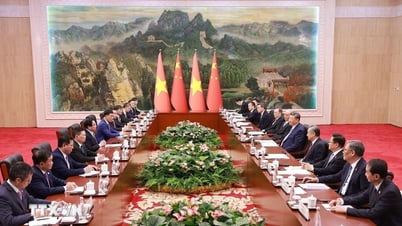
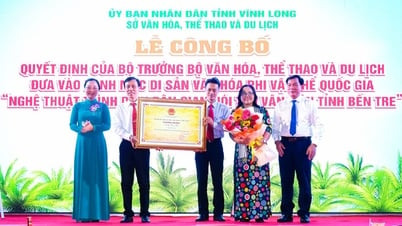
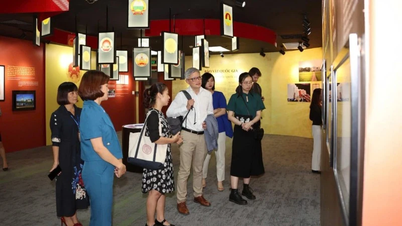

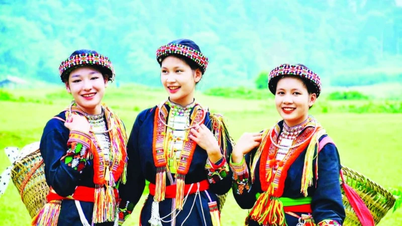
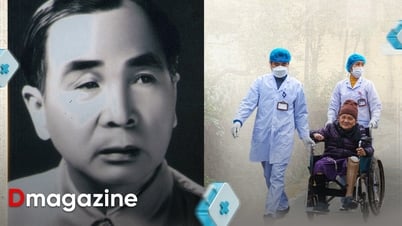

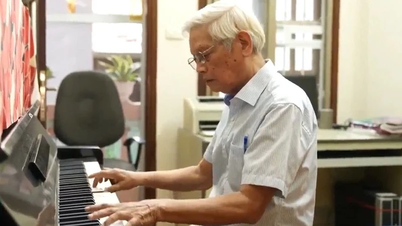
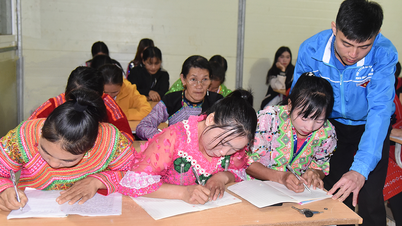



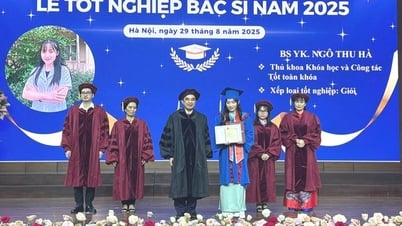







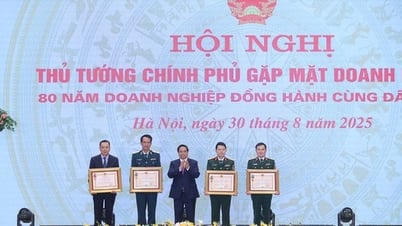
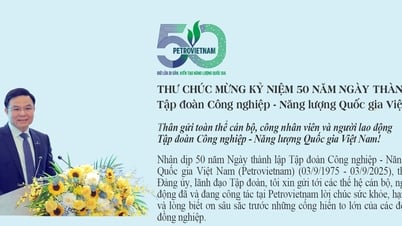
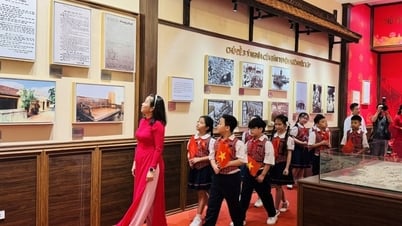
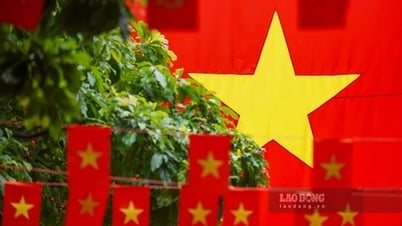
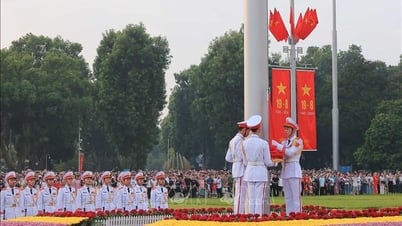

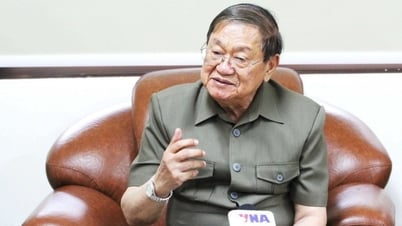

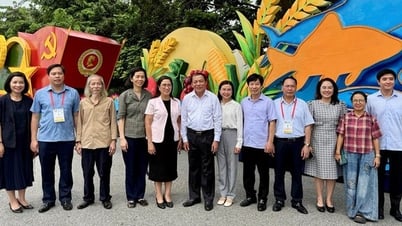

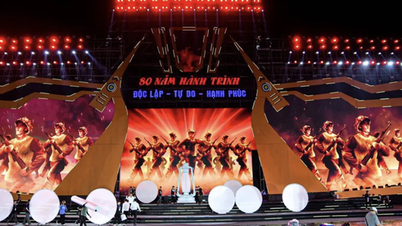
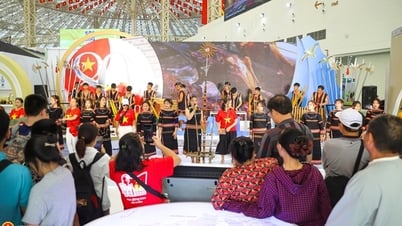
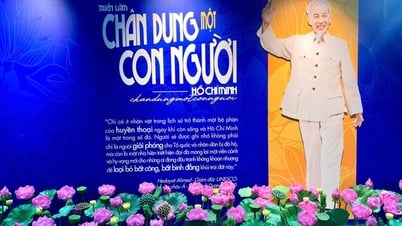
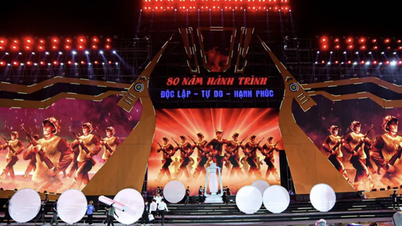




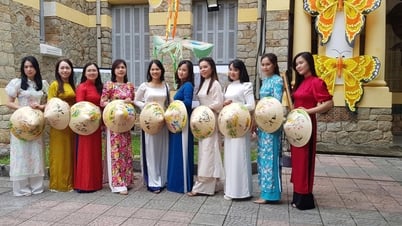





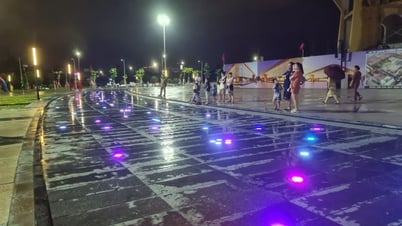
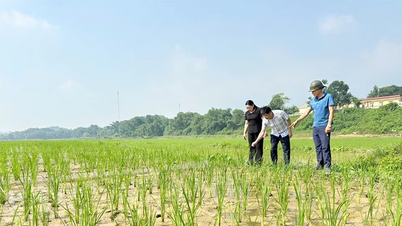

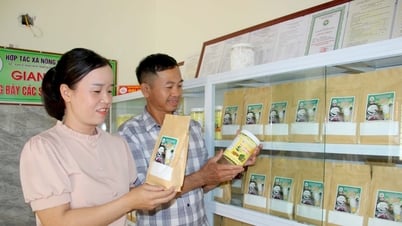

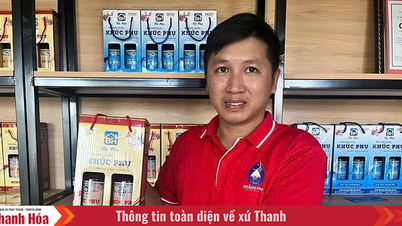


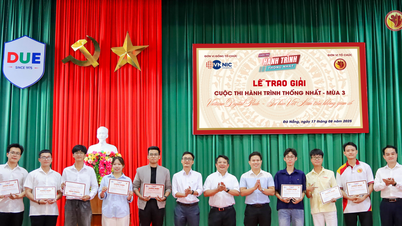
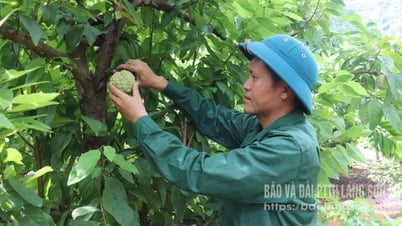


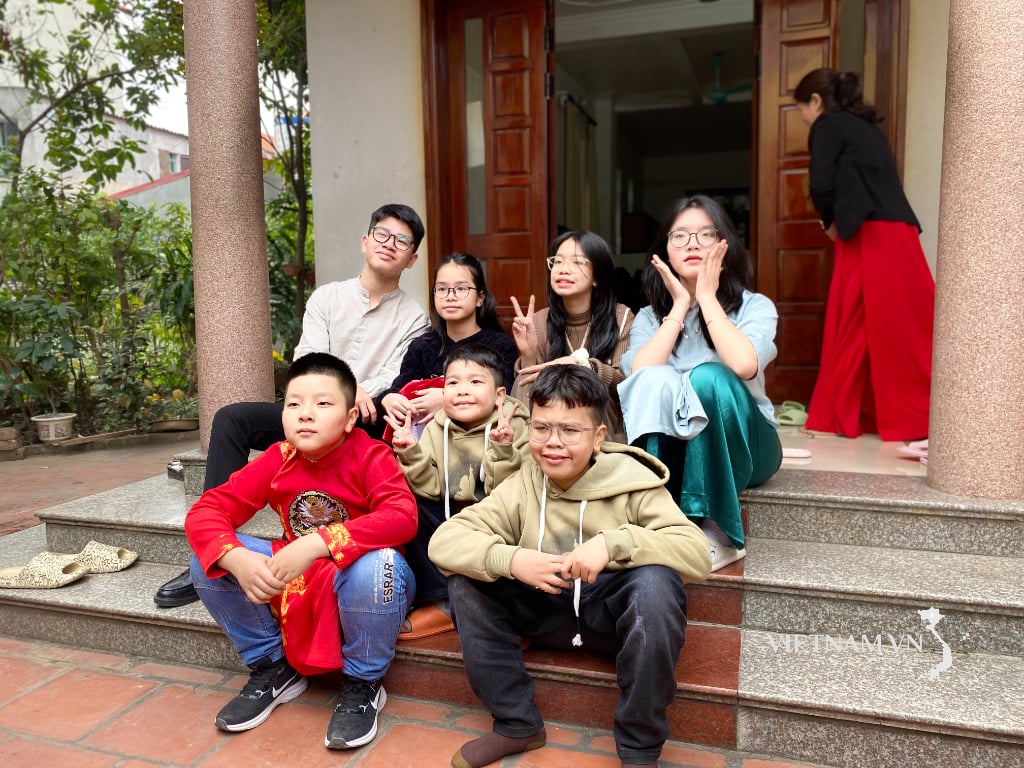
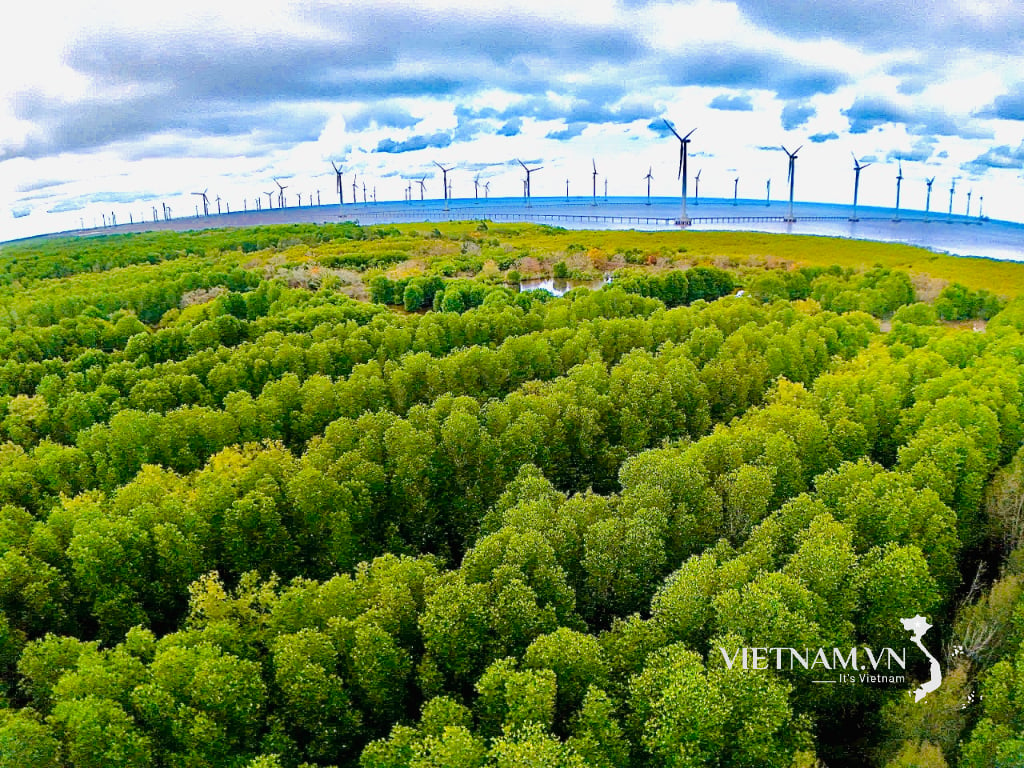
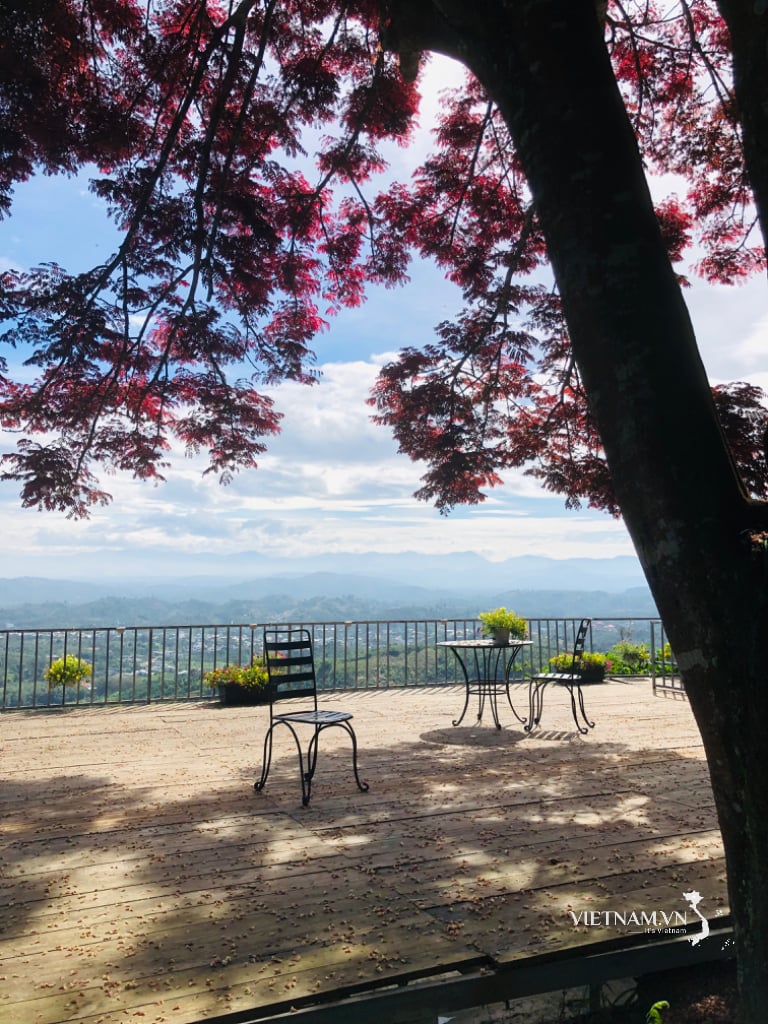

Comment (0)